-
Platform
Growing revenueManaging your programMeasuring success
- Pricing
-
Resources
Customer supportLearnDiscover
- Partners
See LoyaltyLion in action Take the Product Tour
According to the renowned psychologist, Daniel Kahneman, humans have two modes of decision-making:
This humble psychological theory has a lot to do with ecommerce and customer loyalty. While we are making decisions all the time, shopping requires more thought as money is involved.
Think about it. Which mode of decision making did you use when you made your last purchase?
Was it an impulse-driven purchase where you felt you “just had to have it”? Did you consider another brand when you were making a decision?
Or, maybe it was a measured choice. Did you rationalise if you needed it and if it was a worthwhile, long-term investment?
As a merchant, you need to strike a balance between Kahneman’s two modes of decision-making to keep customers returning to your brand. You want to position yourself as that reliable store customers turn to when they’re looking for dependable results. But, also that store they’re emotionally connected to when they make impulse decisions.
In this blog, we’ll look at a breakdown of the following five psychological theories that impact customer loyalty. We’ll also show how you can cater to them to make your customers feel valued:

Motivation has a powerful part to play in the success of your ecommerce store. It makes customers want to engage more if they know they’ll get something valuable in return.
This desire ties a lot into expectancy theory: that an individual will behave or act in a specific way because they’re motivated by a desirable result. You need to show customers why your store is worth the effort and how they’ll get rewarded for engaging with you.
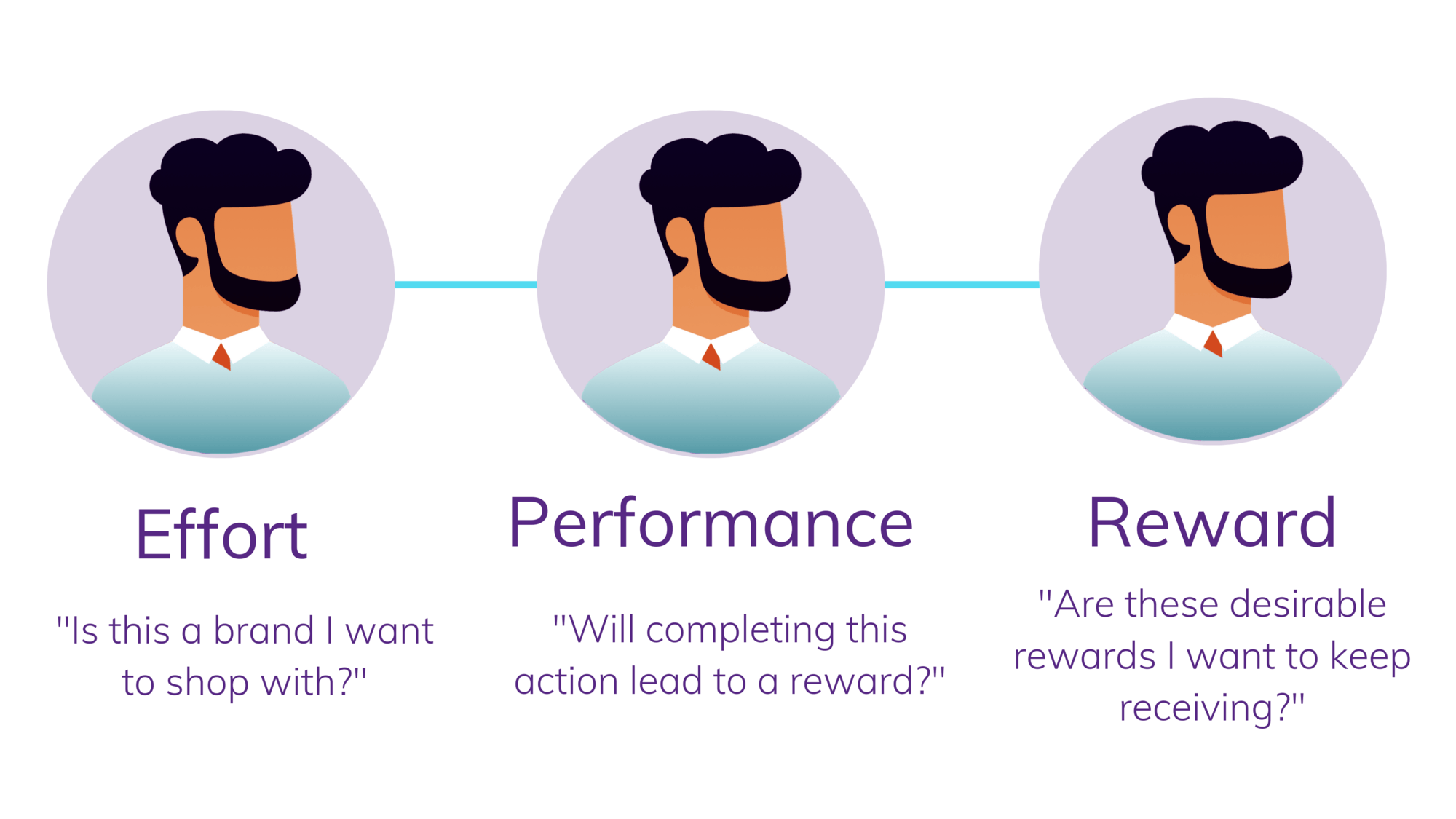
This chain of events has a key part to play when you’re encouraging your customers to sign up and invest in your loyalty program. Customers already feel time-poor and are reluctant to create an account for fear of losing valuable seconds.
To get customers to create an account, use expectancy theory alongside your loyalty program to show customers the value of becoming a member.
For example, Sniph rewards new customers 300 loyalty points when they create an account, showing customers immediate value. In return, Sniph receives customer data that they can use to reach out in the future.
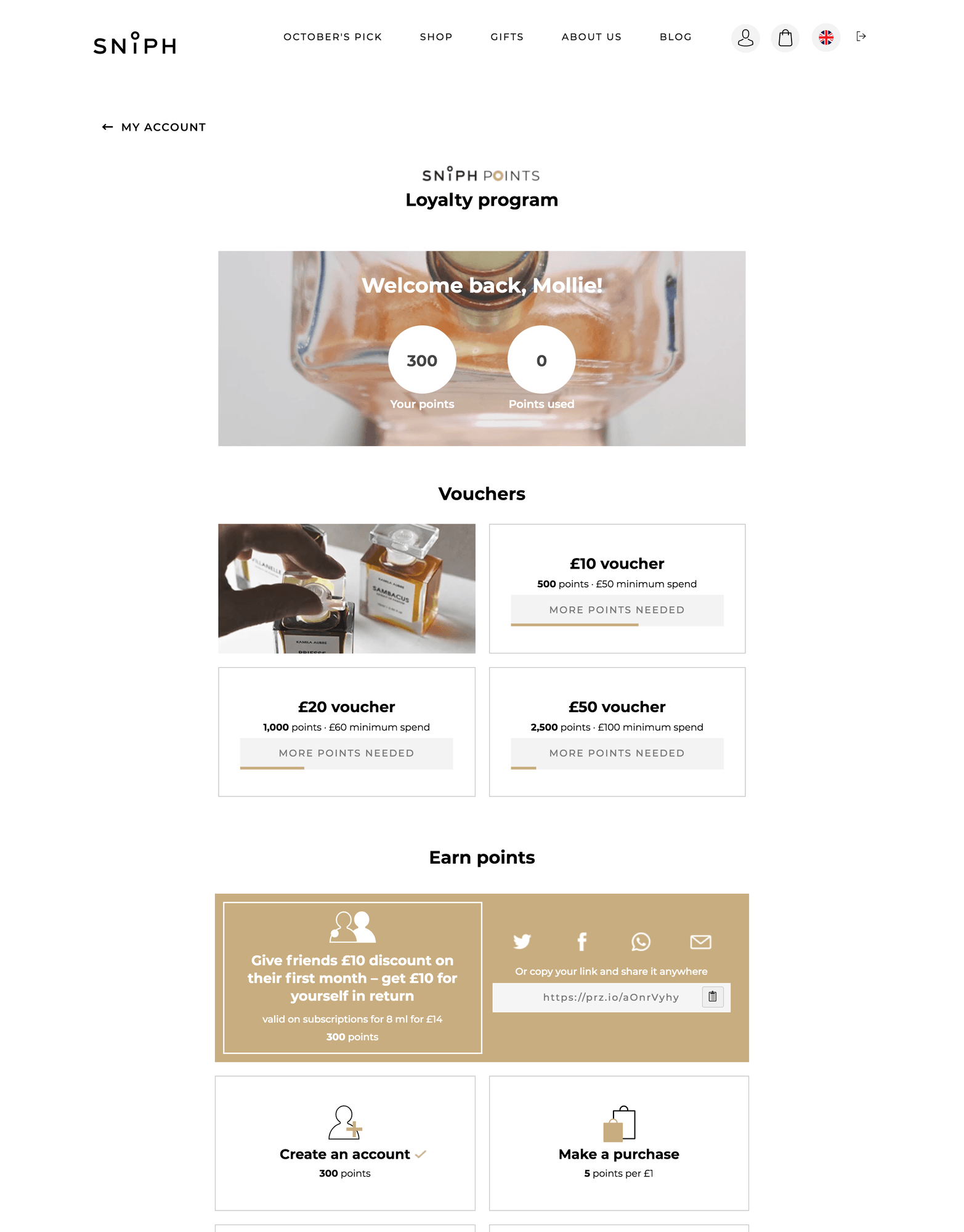
If you choose to offer points in exchange for account creation, don’t forget to tell your customers about it. Killstar makes the most of on-site notifications to show newbies the perks of signing up to their program. This motivates new customers to create an account because they know they’ll get rewarded for it right away.
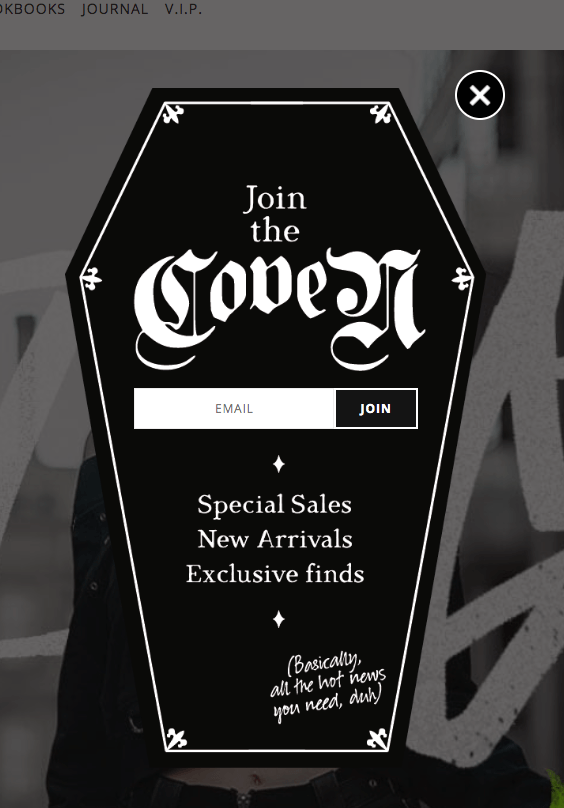
Today, we live in a society where only 4% of digital ads are viewed for more than two seconds and a two-minute commercial break feels like a lifetime. Customers want everything now and won’t hang around waiting. One study of 67 million online users even found that when left waiting for just ten seconds for a video to load, over half abandoned the video altogether.
If motivation and expectancy theory is the start of customer loyalty, conditioning your customers to keep seeking instant rewards is the key to keeping it growing long-term. Rewarding your customers for non-transactional activities through your loyalty program is a great way to show them immediate value for engaging with your brand.
For example, Waterdrop gifts their customers 30 points if they visit their site every five days. This gives customers an instant return they can use towards future purchases. It also gives shoppers the motivation to return to the site, even to browse, to earn points.
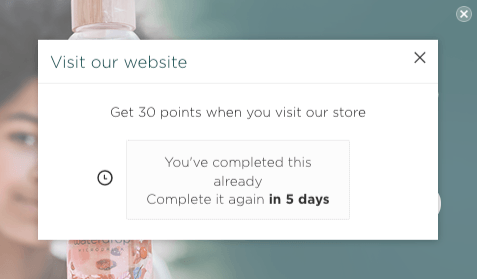
The goal gradient effect states that as we get closer to achieving a result, we accelerate our behaviour. This is why a 10-space coffee card pre-stamped twice will get completed faster than an eight space card with no stamps. We increase our efforts when we feel like we’re nearing a free gift or discount (such as a free coffee).
To stand out in ecommerce, use the fundamentals of the goal gradient effect alongside your loyalty program to keep customers inspired.
Start by regularly notifying customers with point update emails that tell them their balance and the rewards they are close to receiving. This will encourage them to complete more actions or up their AOV to reach the finish line. You can learn more about the different loyalty emails here.
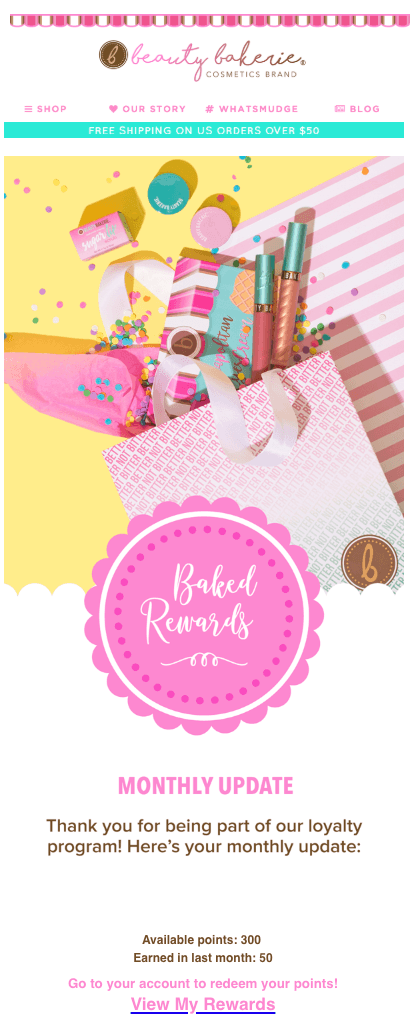
You could even run double point events that nudge customers to spend more and boost their account balance and progress towards the next reward. Mirenesse runs triple point events for 24 hours only. For every dollar spent, customers earn six “love points” that move them closer to their next free gift or discount.

But be warned. While the goal gradient effect can effectively encourage a customer to return and repeat purchase, the post-rewards reset phenomenon means that motivation can drop off after a customer reaches the first goal. To keep the momentum up, make sure customers can always see their next reward waiting on the horizon.
By adding tiers to your loyalty program, you’re showing your customers that there is always something of value within reach. Lively, for example, show their account holders which tier they’re currently in and how far they are from moving up to the next one. They also clearly showcase the perks members get at higher tiers as a way to inspire customers to keep moving up.
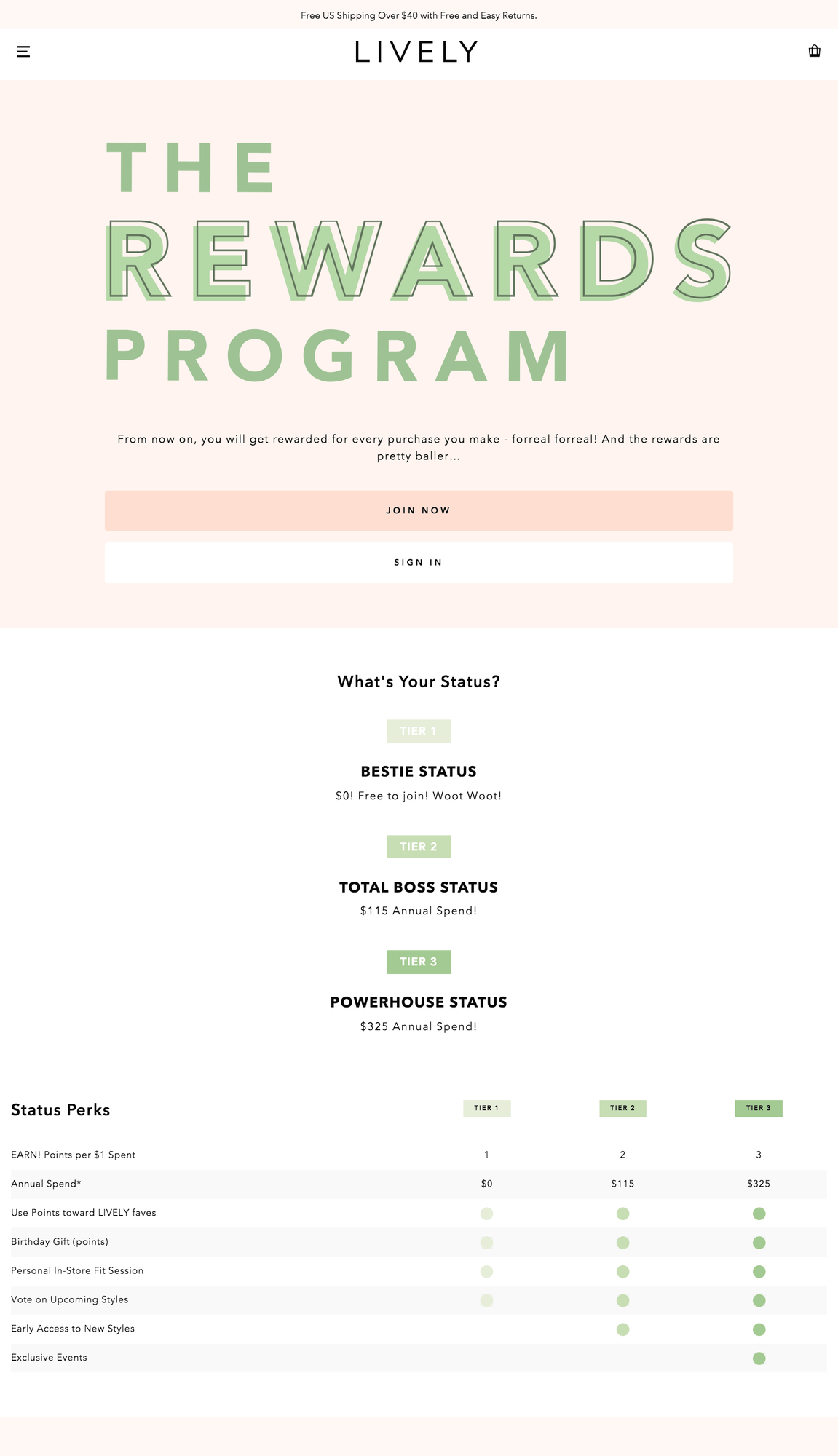
Watch a tour of Lively’s loyalty program to learn more about the features and set up that increased their customer spend by 36%.
Emotionally connected customers spend twice as much as customers who are just satisfied with your brand. And, 65% of customers buy on the basis of their beliefs. Why? Because today customers buy from and stay loyal to brands that make them feel like the best version of themselves.
To make your loyalty program appeal to your customers on a personal level, and become part of their aspirations, make it clear how it emotionally aligns with them.
Wildish’s loyalty program appeals to the motivations of their customers by rewarding them for purpose-driven actions. In exchange for loyalty points that are earnt through community challenges (such as supporting a local sports team), Wildish helps customers contribute to charity-based initiatives – such as planting trees in partnership with the Eden Reforestation Project.
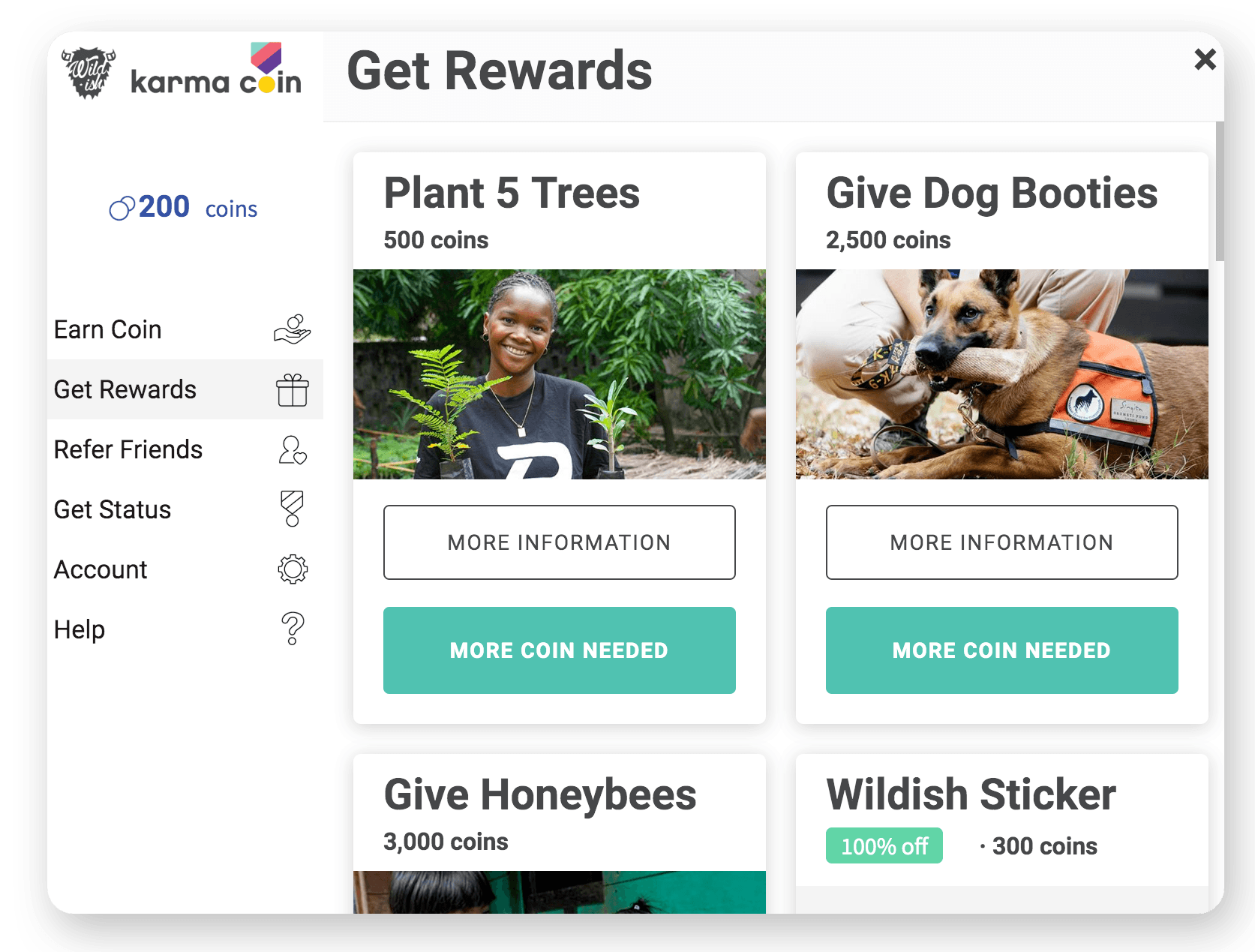
In Maslow’s hierarchy of needs, a sense of belonging is considered one of the most important needs of an individual, above safety and security. As humans, we crave feeling part of something bigger and hold kinship highly.
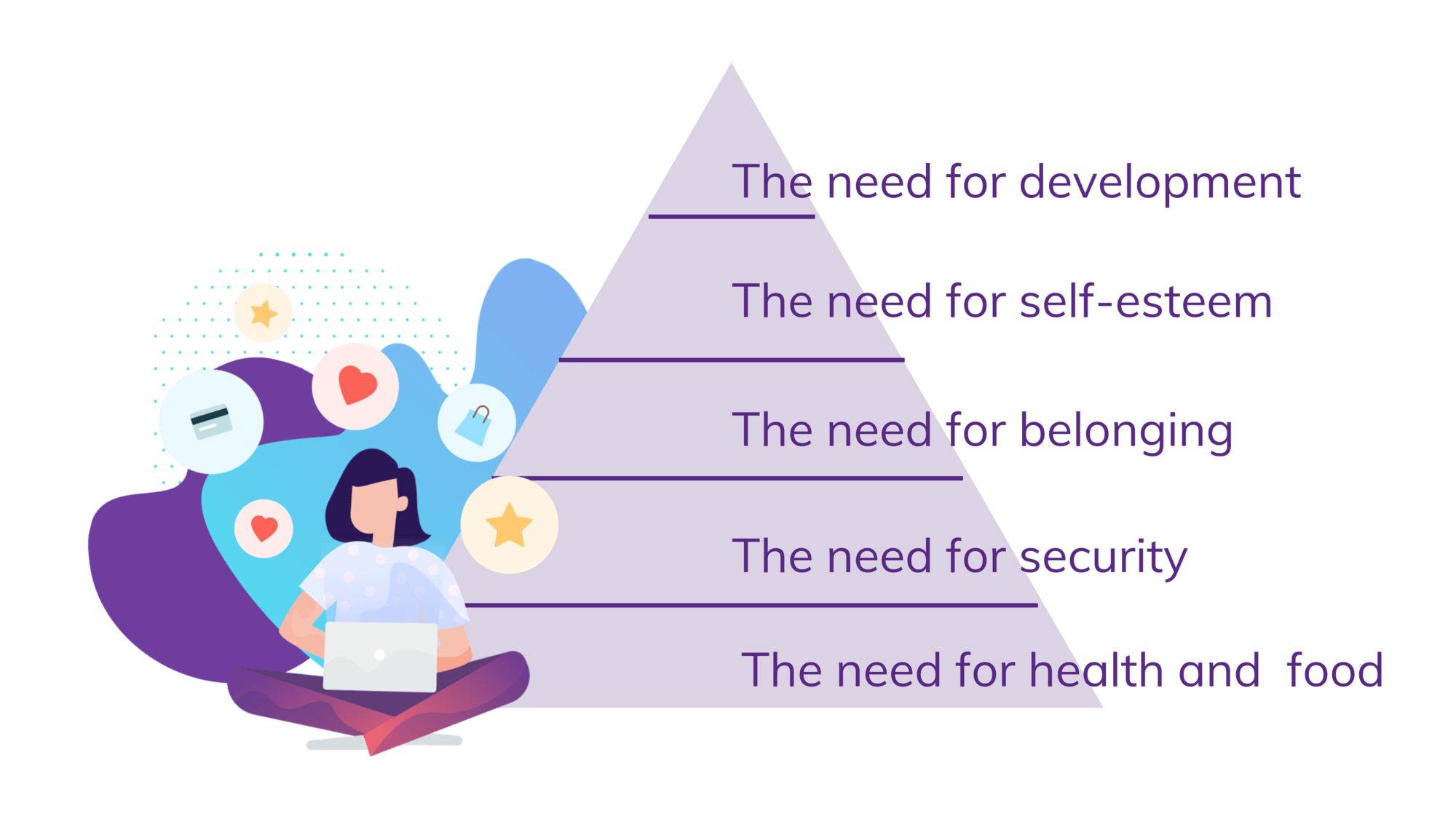
A loyalty program is a great way to make your customers feel part of a community. It can unite like-minded individuals and make new customers want to become a part of it too. Start by offering perks that make your members feel valued on a personal level.
For example, Baseballism holds regular “Insider exclusive” sales events that give their VIP members 25% off and a free gift in-store or online. They even make it feel more exclusive by disclosing how the sales are “not advertised to the public.”
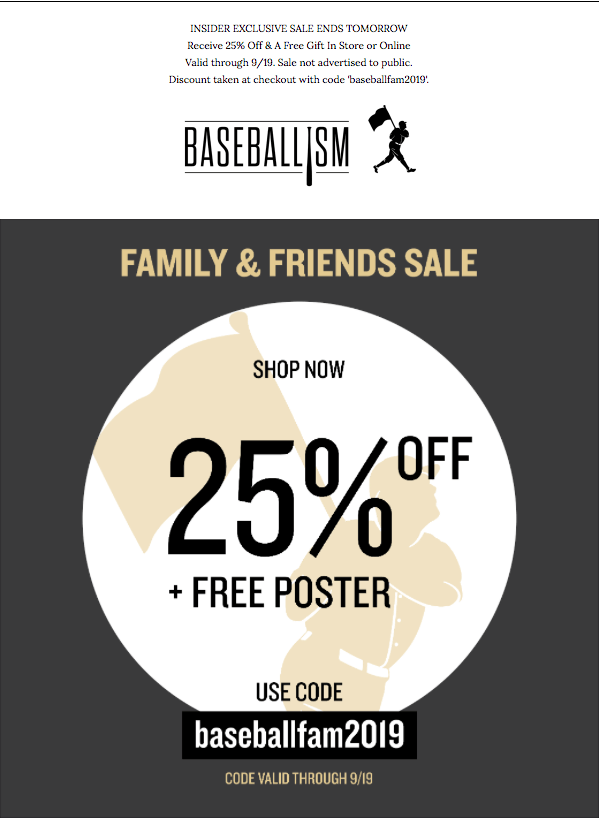
You could also foster the feeling of community around your loyalty program by offering members experiential perks not available to the regular run-of-the-mill customer.
Make-up brand, Annmarie Skin Care, add their “Collective Insiders” into an exclusive Facebook group and send them educational resources where members share beauty secrets and bond over common interests.
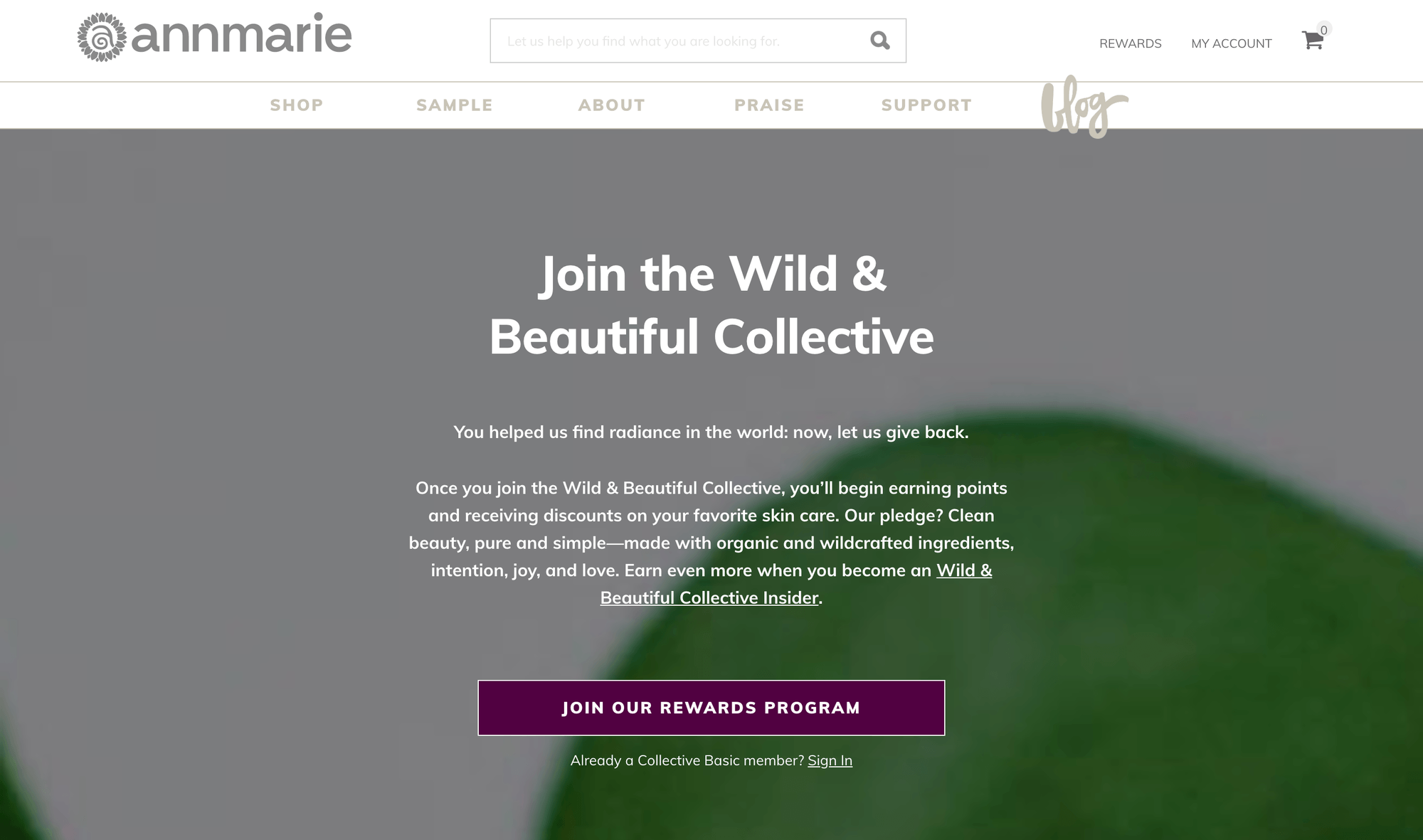
Loyalty programs are built on key ideas like operant conditioning, which tells us that “behavior is shaped by its consequences”. In other words, give people worthwhile rewards, and quickly, and they’ll keep spending.
It’s also influenced by expectancy theory, which says people act for expected rewards. Good loyalty programs make it clear that if customers keep buying things, they will get rewards that they find good or useful.
Customers join these programs hoping that their regular shopping will earn them lower prices, special deals, or other nice rewards. These rewards motivate customers to stay with a brand because they see a clear link between buying more and getting something extra.
For a loyalty program to work well, it must make sure customers understand how they can earn rewards and that these rewards are something they really want. This helps keep customers coming back and builds a lasting relationship with them.
Rewards are central to loyalty programs. There are two kinds: tangible (like discounts) and intangible (like special experiences). Rewards can be expected or a surprise. Expected rewards motivate specific actions. Surprise rewards make customers happy, boosting loyalty.
Custom rewards make a big difference. Using data helps brands give rewards that match what each customer likes. This makes customers feel special and more connected to the brand. It makes loyalty programs work better.
Behavioral economics gives us clues about how people make decisions.
Loss aversion, for example, tells us that people hate losing things more than they love gaining them. Loyalty programs can use this by showing what customers will miss if they don’t act.
Similarly, the endowment effect makes people value what they have more than an equivalent thing they don’t. That’s one way personalization is psychologically effective.
As a retailer, it’s vital to get under the skin of your customers and appeal to them in ways that make their decision-making process easier.
A loyalty program gives you the tools to appeal to different emotional and psychological behaviours that motivate shoppers to purchase, engage and, ultimately, stay loyal to you over the competition.
Want to become a certified customer loyalty expert? Join the LoyaltyLion Academy for free and learn everything you need to go from retention rookie to loyalty legend.
